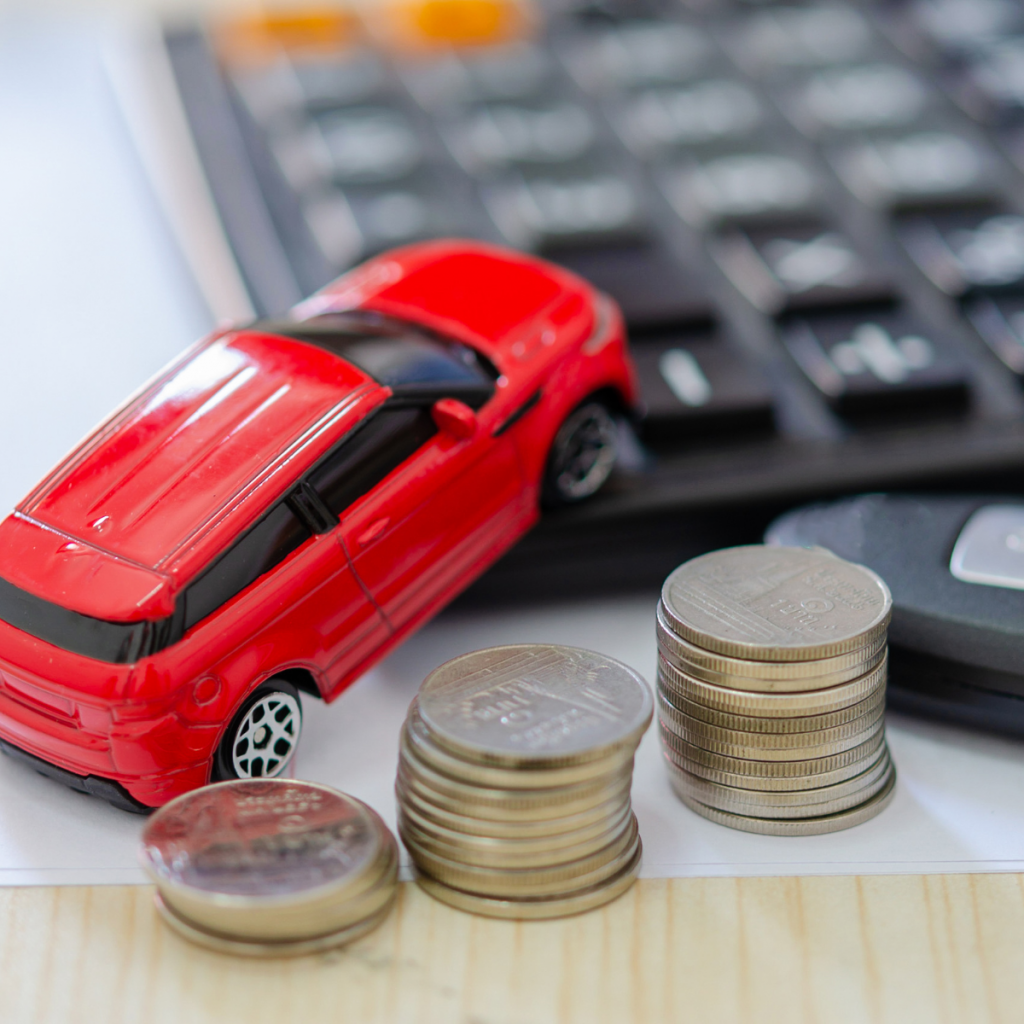When purchasing car insurance, most drivers focus on the basics—liability coverage, collision, and comprehensive policies. However, many overlook the additional benefits that can enhance their protection and provide extra peace of mind on the road. These additional features, often offered as add-ons or optional coverage, can be incredibly valuable in specific situations. From roadside assistance to rental car coverage, these benefits may come at an extra cost but could save you money and hassle in the long run. In this article, we will explore the key additional benefits you should consider when purchasing car insurance and how they can improve your overall coverage.

Understanding Basic Car Insurance Coverage
Before diving into the additional benefits of car insurance, it’s important to understand the basic coverage types that form the foundation of your policy. The primary types of car insurance coverage include:
- Liability Insurance: This covers damage you cause to other people or property in an accident where you’re at fault.
- Collision Insurance: This covers damage to your own vehicle after a collision, regardless of fault.
- Comprehensive Insurance: This covers non-collision damage, such as theft, vandalism, or weather-related incidents.
- Uninsured/Underinsured Motorist Coverage: This protects you if you’re in an accident with a driver who doesn’t have sufficient insurance.
While these are essential for every driver, they don’t cover every potential scenario that could arise on the road. This is where additional benefits come into play.
Key Additional Benefits to Consider for Your Car Insurance
There are several additional benefits that can enhance your car insurance policy. While these may increase the premium, they can offer valuable protection in the event of unexpected situations. Let’s take a closer look at the most common add-ons and optional coverages available to car insurance policyholders.
1. Roadside Assistance
One of the most popular add-ons to car insurance is roadside assistance. This benefit provides a safety net in case your vehicle breaks down while you’re on the road. Roadside assistance covers services such as:
- Towing to a nearby repair shop
- Battery jump-starts
- Flat tire changes
- Lockout assistance
- Fuel delivery
The cost of adding roadside assistance to your car insurance policy is typically low, but it can provide significant peace of mind, especially if you frequently drive long distances or in areas with limited access to help.
2. Rental Car Reimbursement
If your vehicle is damaged in an accident or needs repairs after an unforeseen event, you may be without a car for an extended period. Rental car reimbursement is an add-on that helps cover the cost of a rental car while your car is being repaired.
This benefit is especially useful for those who rely on their vehicles for daily transportation and cannot afford to be without one. Depending on your policy, the coverage may be limited to a certain dollar amount per day or a maximum number of rental days.
3. Gap Insurance
If you owe more on your car loan or lease than your car is worth, gap insurance is a valuable addition to your car insurance policy. In the event of a total loss (i.e., your vehicle is totaled due to an accident or natural disaster), gap insurance will cover the difference between the car’s actual cash value (ACV) and the remaining loan or lease balance.
Gap insurance is especially important for new car owners or those who have financed their vehicles. Without this coverage, you could find yourself still paying off your car loan while not having a vehicle to drive.
4. Accident Forgiveness
Accident forgiveness is a feature offered by some insurance providers that ensures your first accident won’t result in a rate increase. If you have a clean driving record and haven’t filed any claims in recent years, this add-on could be a valuable way to protect your premiums in case of an accident.
This benefit helps prevent your insurance premium from spiking after a single mistake, which can often happen if you’re at fault in an accident. Not all insurance providers offer accident forgiveness, so it’s worth checking if this is an option with your insurer.
5. Glass Coverage
Repairing or replacing broken windows or windshields can be expensive, especially if the damage is extensive. Glass coverage is an add-on that helps cover the cost of repairing or replacing glass on your vehicle, including windshields, windows, and sunroofs.
Many standard car insurance policies may cover glass damage if it’s caused by a covered event like a rock or debris on the road. However, adding comprehensive glass coverage can ensure that you’re fully protected against all types of glass damage, even if it occurs from other sources.
6. New Car Replacement
If you’ve recently purchased a new car, consider adding new car replacement coverage to your policy. If your vehicle is totaled within a certain period (usually within the first few years of ownership), this benefit will replace your car with a brand-new model of the same make and model, rather than paying out the car’s depreciated value.
New car replacement coverage is ideal for drivers who want to avoid losing money on the depreciation of their car in the event of an accident. It ensures that you’re not left with a significantly smaller payout for a totaled vehicle.
7. Medical Payments Coverage
Medical payments coverage (often abbreviated as MedPay) helps cover medical expenses for you and your passengers in the event of an accident, regardless of who was at fault. This coverage can help pay for immediate medical expenses, such as hospital bills, doctor visits, and surgery, and it may even extend to funeral costs in the case of a fatal accident.
While health insurance can cover medical bills, MedPay is specifically designed for car accidents and offers quicker reimbursement for those injured in a crash.
8. Uninsured/Underinsured Motorist Coverage
Uninsured and underinsured motorist coverage provides protection in case you’re involved in an accident with a driver who has no insurance or insufficient coverage to pay for damages. This coverage can help pay for medical expenses, lost wages, and property damage resulting from accidents caused by drivers who are either uninsured or underinsured.
In many areas, having uninsured/underinsured motorist coverage is mandatory, but even if it’s not, it’s a good idea to add it to your policy. Accidents with uninsured or underinsured drivers can leave you with significant out-of-pocket expenses, and this coverage can help mitigate those costs.
How to Choose the Right Additional Benefits for Your Car Insurance
When selecting additional benefits for your car insurance policy, consider the following factors:

1. Your Driving Habits
If you frequently drive long distances or in areas with high traffic, roadside assistance and rental car reimbursement may be more valuable to you. For those who drive shorter distances and stay within urban areas, these add-ons may not be as crucial.
2. Your Vehicle’s Age and Value
Newer vehicles may benefit from gap insurance, new car replacement coverage, or comprehensive glass coverage, while older vehicles may not require these benefits. If your car’s value has significantly depreciated, gap insurance may not be as necessary.
3. Your Budget
Additional benefits can increase your premium, so it’s important to weigh the cost against the value of the coverage. If your budget is tight, prioritize benefits that provide the most value and align with your specific needs.
Conclusion
Car insurance is more than just a basic requirement—it’s an essential tool that can protect you from financial loss in the event of an accident or other unexpected circumstances. By considering additional benefits such as roadside assistance, rental car reimbursement, gap insurance, and medical payments coverage, you can ensure that you’re fully protected and prepared for whatever comes your way. While these add-ons may increase your premium, they offer valuable peace of mind and could save you money in the long run. Review your current car insurance policy, assess your needs, and explore the additional benefits available to you, ensuring that you’re getting the best possible coverage for your situation.

Leave a Reply